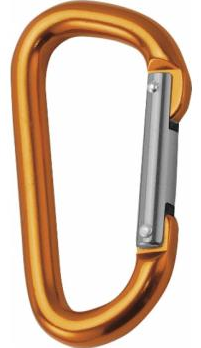 Corrosion is the deterioration of a material due to chemical interaction with its environment. It is natural process in which metals convert its structure into a more chemically-stable form such as oxides, hydroxides, or sulfides. The consequences of corrosion are all too common. Familiar examples include the rusting of automotive body panels and pipings and many tools. Corrosion is usually a negative phenomenon, since it is associated with mechanical failure of an object. Metal atoms are removed from a structural element until it fails, or oxides build up inside a pipe until it is plugged. All metals and alloys are subject to corrosion. Even the noble metals, such as gold, are subject to corrosive attack in some environments.
Corrosion is the deterioration of a material due to chemical interaction with its environment. It is natural process in which metals convert its structure into a more chemically-stable form such as oxides, hydroxides, or sulfides. The consequences of corrosion are all too common. Familiar examples include the rusting of automotive body panels and pipings and many tools. Corrosion is usually a negative phenomenon, since it is associated with mechanical failure of an object. Metal atoms are removed from a structural element until it fails, or oxides build up inside a pipe until it is plugged. All metals and alloys are subject to corrosion. Even the noble metals, such as gold, are subject to corrosive attack in some environments.
Protection from Corrosion
As was written, the problem of metallic corrosion is significant. In economic terms, it has been estimated that approximately 5% of an industrialized nation’s income is spent on corrosion prevention and the maintenance or replacement of products lost or contaminated as a result of corrosion reactions. Therefore, various treatments are used to slow corrosion damage to metallic objects which are exposed to the weather, salt water, acids, or other hostile environments. Since there are many forms of corrosion, there are many ways to stop or mitigate corrosion. In every case, it depends on material to be protected and also on the environment, in which the material is used. Metals may be protected from corrosion by using a metal in an environment in which it is immune, by making a physical barrier between the metal and its environment, by means of an electric current, or by changing the environment.
Anodization
Anodization is an electrolytic passivation process used to increase the thickness of the natural oxide layer on the surface of metal parts. A limited number of metals, such as stainless steels, can achieve passivity. The process is called anodizing because the part to be treated forms the anode electrode of an electrolytic cell. Aluminium alloys are usually anodized to increase corrosion resistance and to allow dyeing (colouring).
We hope, this article, Anodization, helps you. If so, give us a like in the sidebar. Main purpose of this website is to help the public to learn some interesting and important information about materials and their properties.